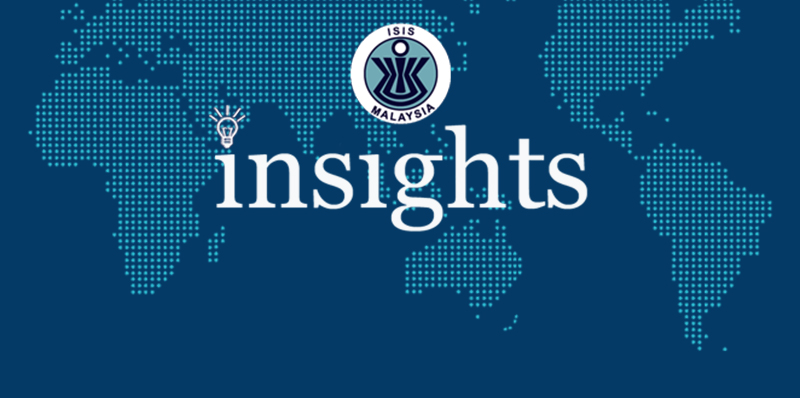Due to COVID-19’s novelty and pandemic status, false information, which thrives on fear and uncertainty, have flourished.
This has led to an information disorder on COVID-19, which includes false information pertaining to its source, how it spreads, how to treat it, as well as conspiracy theories about its origins.
Emblematic of this is how as of 18 March 2020, a total of 40 investigation papers have been opened due to the spreading of rumours and false information based on Section 505(b) of the Penal Code and Section 233 of the Communications and Multimedia Act 1998.
Of these 40, 11 have been charged under Section 505(b), 3 have been classified as no further action, and 26 are still under investigation.
This spread of false information is not without consequences.
For example, false information during a pandemic can lead to excessive panic among the population, resulting in the hoarding of essential goods – such as face masks and sanitisers – at the expense of vulnerable groups.
Further, a panicked population can also demand governments to adopt disproportionate and misguided policy options neither based on science nor empirical evidence, but rather on irrational fear and latent xenophobia.
That said, when compared to virus outbreaks in the past, it is obvious that the advent and widespread adoption of social media and user-generated content today has in no small way allowed for the faster spread of false information.
The following are considerations for curing the COVID-19 information disorder:
First, regulating false user-generated content on matters pertaining to public health, such as COVID-19, is necessary.
While regulating user-generated content is bound to raise suspicions of censorship and muzzling free speech rights, it needs to be underscored that free speech is not limitless.
Also, regulating false user-generated content on public health matters benefits greatly due to how truthfulness can be determined objectively through science, and therefore limiting the potential for abuse.
This differentiates regulation of user-generated content on public health matters with regulating of other types of content – such as politics – where opinion has a bigger role to play and the truth not so easily found.
That said, the current legislations being used to prosecute those who spread false information pertaining to COVID-19 such as Section 505(b) of the Penal Code, and Section 233 of the Communications and Multimedia Act 1998, are prone to be abused due to its broad applicability, and should not owe its continued existence due to a temporary apparent usefulness.
Moving forward, regulating user-generated content needs to be done delicately and deliberately as to not derogate from free speech rights beyond what is absolutely necessary, and any regulation introduced needs to be as narrowly scoped as possible to limit the potential of abuse.
Second, social media platforms and the companies behind them need to be regulated.
While social media companies have been actively combating false COVID-19 content on their respective platforms, their early response exposed their lack of preparedness in dealing with novel threats to the information environment.
Here, the government should introduce a co-regulation model whereby it sets general standards of transparency, data sharing, and other relevant metrics tied to key performance indicators for social media companies to adhere to, with sanctions available to ensure compliance.
This would not only hold social media companies accountable for the content that proliferates on their platforms, but also allow the government, researchers, media, and fact-checkers to understand in greater detail the information disorder as a pandemic plays out – giving them every advantage possible to counter false information and limit its effects on society.
Third, digital literacy skills among the population need to be increased, urgently.
False information on the COVID-19 pandemic had exposed how social media users are not adept at basic digital literacy skills like fact-checking information, reverse image searching of photos, or spotting tell-tale cues in videos that could help identify when and/or where a particular video was taken.
This is desperately needed to build society’s resilience towards any information disorder – including, but not limited to the spread of COVID-19.
Importantly, any initiative to increase society’s digital literacy skills should not only target the youth, but all other demographics as well.
Fourth, tying all of the above together is the need to have a strong trustworthy government that can provide an authoritative voice during times of heightened panic and uncertainty.
Trustworthiness here cannot exist unless the government demonstrates legitimacy based on performance, backed with transparency in its actions and responses.
Without this trustworthiness, any message or information communicated by the government will be viewed with suspicion, and consequently extending and expanding the information disorder.
In conclusion, while the COVID-19 pandemic has made heroes out of Malaysia’s public health officials, it has also exposed other areas that need urgent improvement.
That said, it would be remiss if this pandemic does not lead to mindshare among policymakers about building society’s resilience towards the information disorder moving forward.
This article first appeared in the New Straits Times on March 18, 2020





